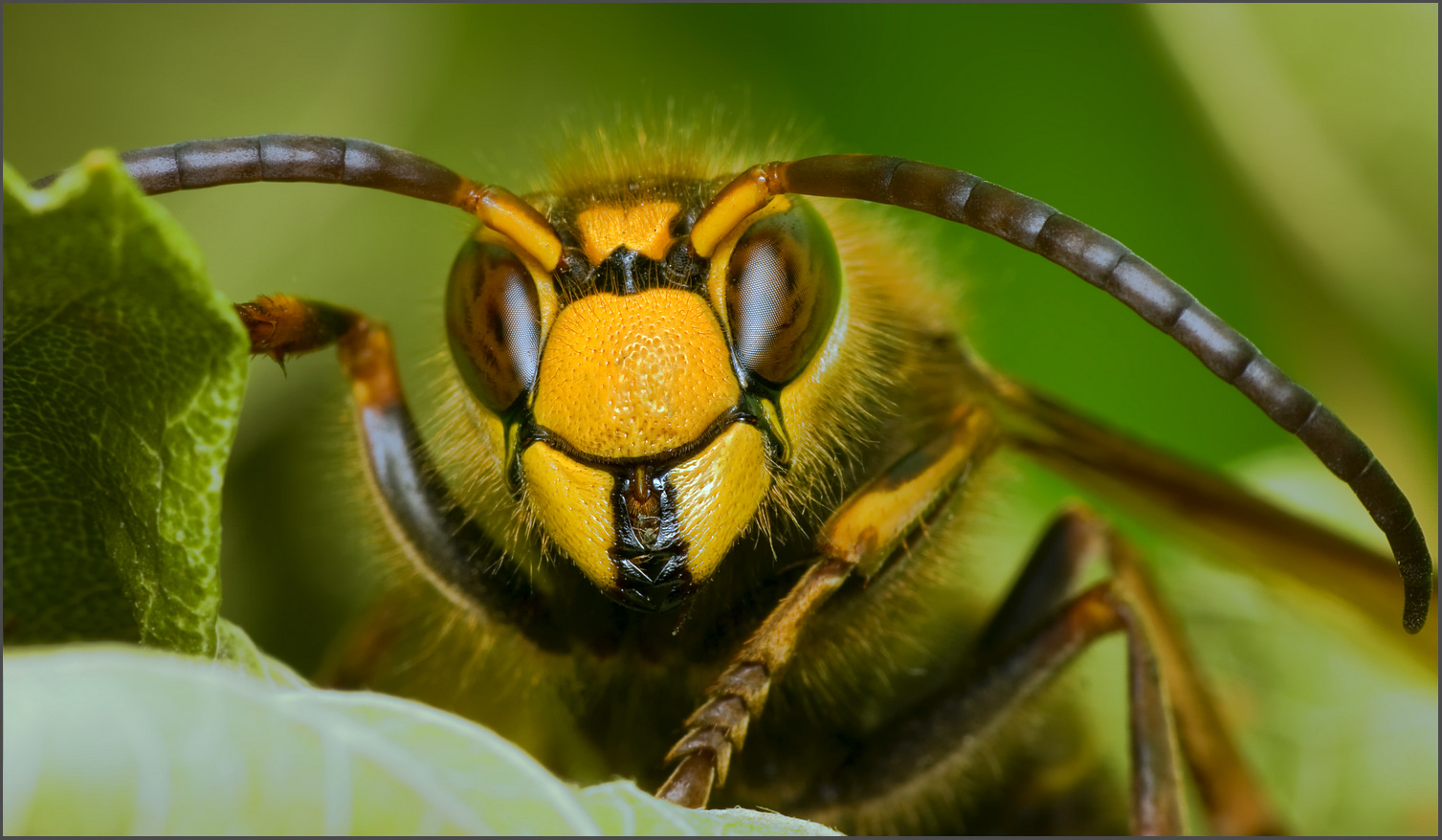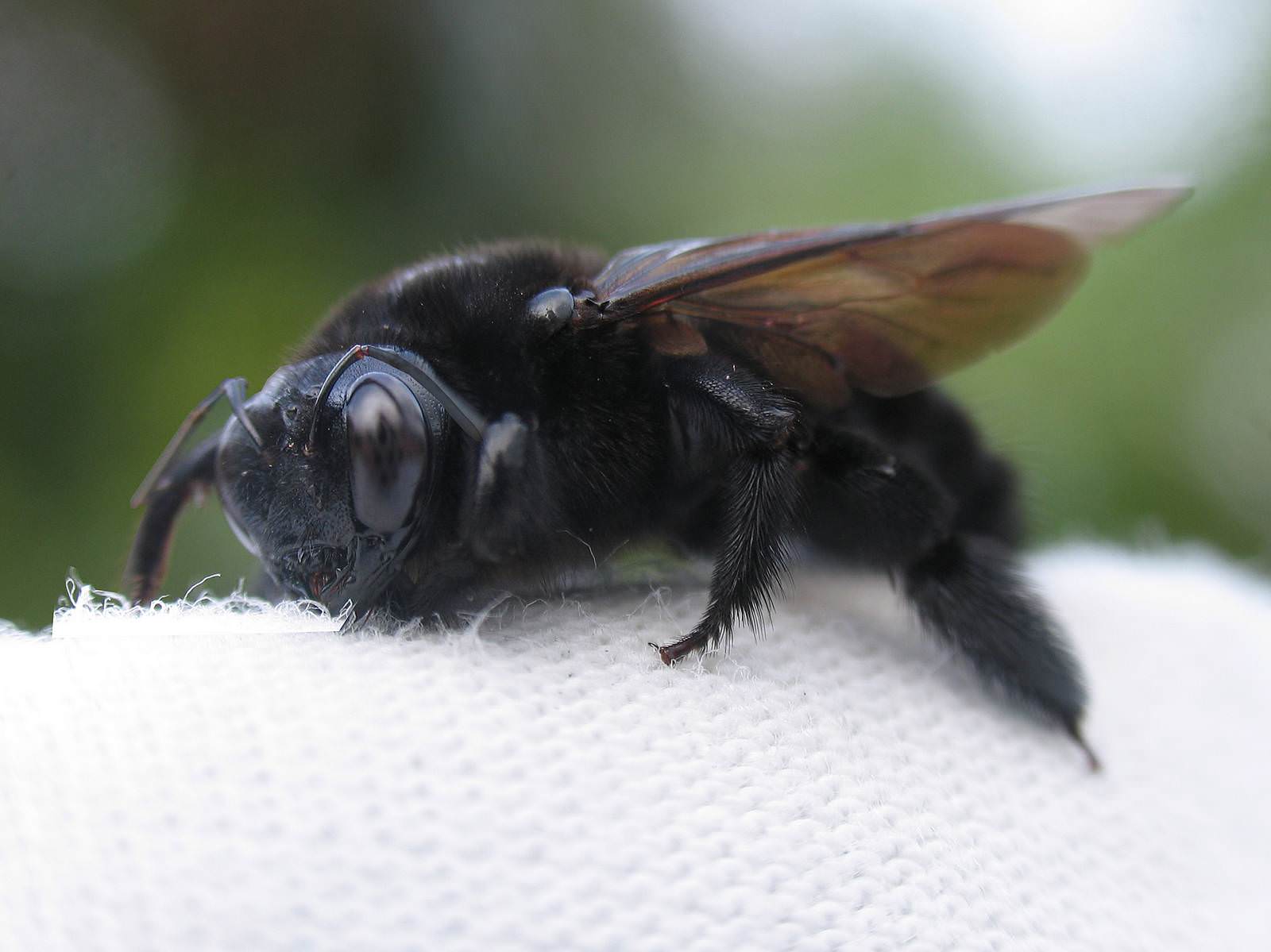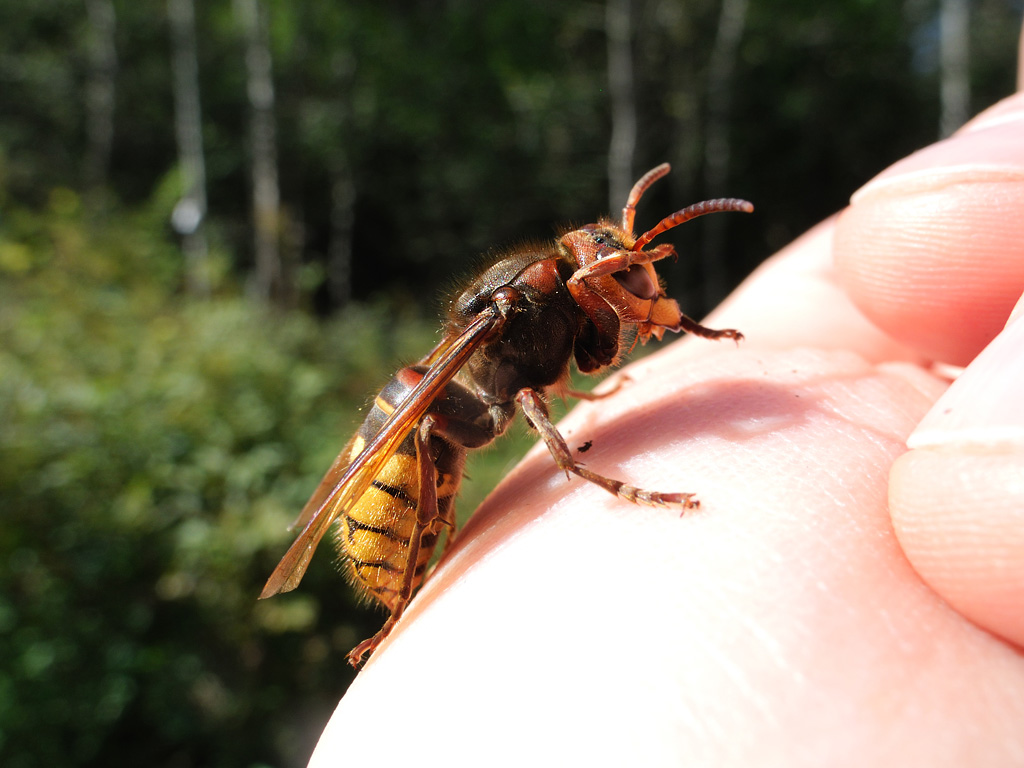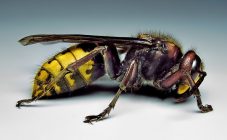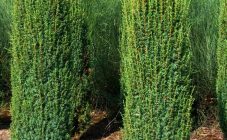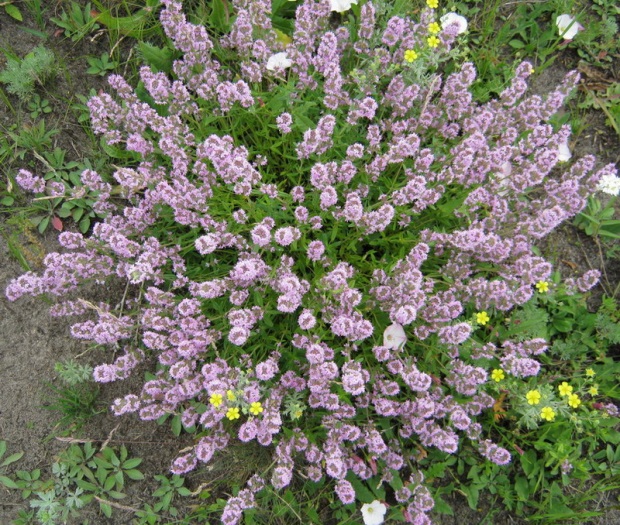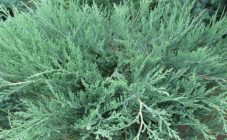Content:
The common hornet is the largest wasp species found in Europe and southern countries. You need to know everything about existing hornets, because their bites can be potentially dangerous
Common hornet: what an insect looks like
Many people compare hornets and bees, because they are similar to each other. So who is the hornet? These are large wasps that can be up to 4 centimeters long. Males are always smaller than females. For these insects, these sizes are common, so they are always larger than wasps and bees.
Features:
- black chest;
- brown upper abdomen (near the neck);
- yellow-brown head;
- dark yellow wings.
The brown color is always present in the color of the hornets, which also distinguishes these insects from wasps, because they can only be black and yellow. Sometimes blue hornets are found.
On the sides of the head are large eyes, on the forehead - 3 additional eyes. It is for this reason that insects successfully navigate in space, see well in the dark. Unlike wasps, they have a wide nape.
Males have an abdomen with 7 segments, females - with 6. Males are also distinguished by the absence of a sting. The uterus can have a sting up to 3 millimeters long, and it will be smooth, without the slightest chipping.
Hornet species
This is a common insect that in most cases is not dangerous. However, if the basic rules of behavior are violated, unpleasant situations associated with them can occur. It is also necessary to note the diversity of their species, as a result of which each has a special life cycle. It is for this reason that it is extremely important to carefully study the description of the most common varieties.
Black (Dybowski)
The black hornet is similar in size to the European one. However, it will have a black abdomen, brown wings. In most cases, the insect is found in India, China, Primorye, Transbaikalia.
The life cycle takes place in a special way. The hornet's mother deceives someone else's nest, as it disguises itself as someone else's queen. The family, which turned out to be deceived, provides serious support in the care of eggs and larvae. In the future, new hornets appear, which were actually planted.
Black hornets are distinguished by predatory parasitic leashes, because they almost never build their own nests and try to capture strangers.
Oriental
In most cases, it lives in eastern countries, so it is practically not dangerous for residents of Europe and Russia. Main countries of residence:
- Turkey;
- Iran;
- Pakistan;
- India;
- China;
- Oman;
- Nepal.
You also need to know where the eastern hornets live in Europe, although this is not their main habitat. They prefer the southern countries of Europe:
- Romania;
- Bulgaria;
- Greece;
- Italy.
This distribution is due to the fact that insects love warm and hot climates. For this reason, they cannot be found in Russia.
The main feature is the presence of a light yellow wide stripe on the abdomen. Scientists note that the wide band contains xenotropin pigment.The pigment converts sunlight into electricity, which turns out to be very important to the public. Only the eastern hornets have such a unique feature.
European
The common hornet, which is also called European, is one of the most common. It successfully adapts to various climatic conditions, but still, its life expectancy remains insignificant.
This species lives in the following states:
- Russia;
- Ukraine;
- China;
- Mongolia;
- South Korea;
- Japan;
- USA.
It can also be found in European countries related to the middle and southern parts.
It has classic external characteristics:
- length is from 2 to 3.5 centimeters;
- the head and chest can only be brown;
- the abdomen will be yellow with black transverse stripes;
- large stings;
- the eyes are large.
Knowing what a hornet looks like and where it lives, you can quickly navigate in a potentially dangerous situation. Also in Russia, you can sometimes find the Siberian hornet, since it is more adapted to the harsh climate.
Japanese
Refers to the giant Asian hornets. However, this insect, which is also sometimes called the "sparrow bee", lives only in Japan. This hornet is large in size, because the body length often exceeds the classic 4 centimeters. It should be noted that this insect is considered very dangerous, as it releases toxic substances in the poison. Sometimes the bite is fatal. Up to 40 people die in Japan every year.
All about hornets
Interested in who the hornet is, you need to take into account the features of its life cycle and the potential danger to people.
Where they winter
Most representatives die before winter begins. Only fertilized young females remain to live, since in the last warm days they actively hunt and replenish their own energy reserves. In the future, daylight hours are shortened, as a result of which metabolic processes slow down significantly.
Hollows of trees with fallen leaves, crevices of sheds and attics are ideal for wintering.
Females begin to show activity only in May, since the average air temperature should be about 10 degrees. They will live a year during which they must create a new family.
How many live
Life expectancy depends on the caste of the insect. Working females usually live for one month. Males die a couple of weeks after mating with the uterus. However, some queens live 1-2 years if they manage to survive a serious wintering.
What do they eat
They are omnivorous insects, and they have well-developed qualities of hunters. In this case, you need to know what hornets eat. Insects often prefer plant foods. In most cases, the following foods are included in the diet:
- nectar;
- juice of ripe fruits (apple, pear, peach) and berries;
- excretion of aphids;
- natural honey.
Predatory insects (with the exception of the queen) eat their congeners when they are at the larval stage, they can attack spiders, worms, millipedes, since such a diet is required by the growing larvae and the uterus. It is the protein that promotes the growth of larvae and allows the queens to lay eggs. Large representatives often attack individual bees and even whole hives, and one large individual can sometimes devour up to 30 honey plants.
You also need to know who eats hornets. They are often attacked by large spiders and birds, so insects face potential risks to their lives.
Is honey made
Hornets are relatives of bees. However, only bees can be honey plants.Hornets lose against bees, because they do not produce honey, but at the same time feed on fruits, insects, foods high in sugar. However, they often hunt garden pests, as a result of which they help in protecting the garden.
Why do they fly into the light at night
At night, insects fly to the light source, and they often cannot orient themselves further. Only in the absence of a light source do hornets regain their orientation in space and can fly further. To guarantee the protection of the premises from such insects, it is recommended to put on a net, gauze on the windows, and the protection should be as high as possible. You need to understand that hornets can fly even at an illumination of 0.01 lux, which for ordinary people will be complete darkness.
Potential danger from hornets to humans
People know hornets can bite, but the risk of insect poison is often exaggerated. The poison is dangerous and causes allergies, so it is important to see a doctor promptly. The reaction to poison can be different, as it depends on the person's immunity. Bites can cause swelling, fever, severe headache, irregular heartbeat, anaphylactic shock and even death. However, in cases where people do not pose a danger to insects, aggressive behavior can be avoided.
It is important to know the features of the life cycle and where the hornets live in order to correctly assess the risk and successfully get along with insects, guaranteeing safety for themselves.
